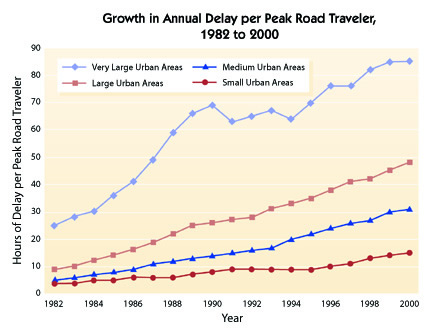Does Anyone Disagree With Global Warming?
I heard a radio program today on global warming.
Global Warming is Not a Crisis -- An Oxford-style debate that is provocative, intellectually rich, humorous, and dramatic. For each debate, three panelists argue for a motion and three argue against it, with a moderator controlling the proceedings. After the formal arguments, the debate is thrown open to the floor for questions. Each side attempts to persuade the audience to vote their way. Arguing for the motion are author and filmmaker Michael Crichton, Alfred P. Sloan Professor of Atmospheric Sciences at MIT Richard S. Lindzen, and emeritus professor and biogeographer from the University of London, Philip Stott. Arguing against the motion are Union of Concerned Scientists' national climate program representative Brenda Ekwurzel, NASA climate scientist Gavin Schmidt, and University of California-San Diego distinguished professor at Scripps Institution of Oceanography Richard C.J. Somerville. Moderator Brian Lehrer is host of the New York Public Radio program "The Brian Lehrer Show" and award-winning author and documentary producer. -- KQED Radio
At the beginning of the audience Q&A section, a New York Times reporter asked a couple of incisive questions. First he asked whether anyone on either side of the issue disagreed that humans were contributing to global warming. No panelist disagreed. Then he asked whether any panelist thought it was bad to reduce greenhouse gas emissions. Only one panelist disagreed, the rest thought it was good.
I turned off my radio.
Wow, I thought. I wasn't thinking of Microsoft Vista. I was thinking that the real global warming debate comes down to ROI. The panelists arguing so forcefully against investing in greenhouse gas reductions were just like atheists who say they are agnostic. If the insurance policy for purgatory is just to say that God might exist, why not? Likewise, if the insurance policy for global warming disasters is a set of investments in CO2 reduction that provide market ROI, why not?
An emerging idea is that if there is good business in greenhouse gas reduction, by all means reduce the greenhouse gases -- just don't ask anyone to give up their SUV.
I wrote previously about pricing problems related to global warming. Another economic problem revolves around entrenched industries. A good example of an investment that reduced greenhouse gases while providing good ROI? How about the recent replacement of traffic lights with LED lights? This government action reduced energy usage significantly, but it required administrators to evaluate infrastructure costs using total cost of ownership (TCO) rather than lowest bid (although LED lights costs are dropping enough to win bids on upfront costs in many cases).
If traffic lights have been replaced by LED lights, why not streetlights? Energy investments work very differently when evaluated on a TCO basis rather than an upfront cost basis. Until administrators change their evaluation methodology, inefficient solutions that generate lots more greenhouse gases will dominate markets.
Change may be on the way. SunEdison, for instance, is using financial contracts to encourage the use of solar energy. Industry and government can do much more, though, to encourage better use of financial contracts and TCO evaluations to reduce greenhouse gases. Industry can help define and market standards that make it easy for buyers to understand TCO. For instance, most electric devices provide specifications on power draw. A smart buyer can add up the costs of power over the life of a device (as well as maintenance, replacement costs, etc.), and calculate TCO for the device. But industry can make this easier. For instance, websites could help buyers make TCO calculations and trade-offs for devices deployed in specific environments and applications to determine the most cost-effective device over the life of the application.
Government can require TCO analysis before it lets contracts, and even weight energy savings more favorably to reduce CO2 emissions. It also can provide policy direction, identifying areas where TCO analysis will have the most impact on greenhouse emissions.
As I realized listening the global warming debate on the radio today, whether your stand on global warming is that we should do something about global warming or that spending money on global warming is a waste, no one can argue with economically rational investments. While the debate rages, industry and government can start today to take steps reducing greenhouse gas emissions without debate: evaluate TCO before buying energy consuming devices.
Labels: climate change, economics, electric device, global warming, investments, sunedision, tco, total cost of ownership


